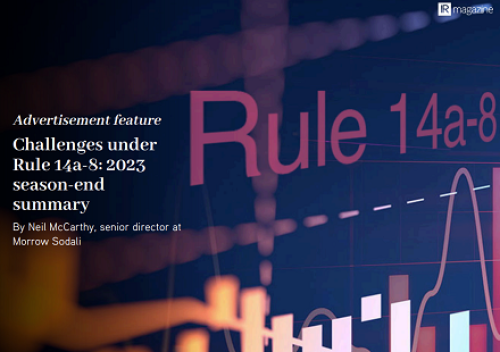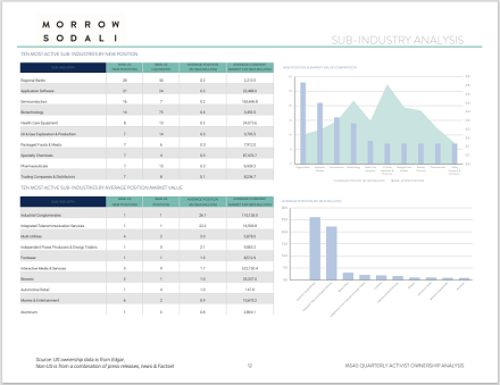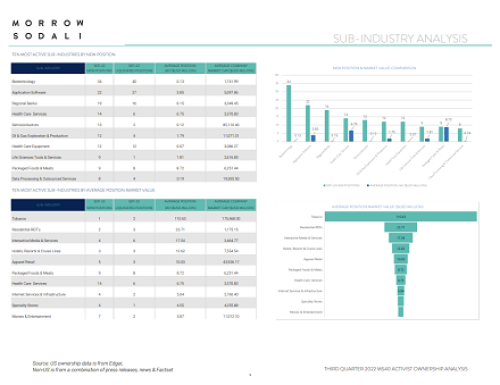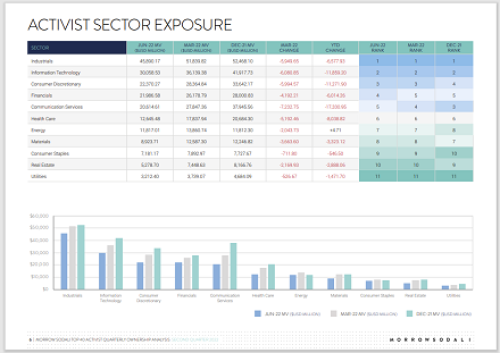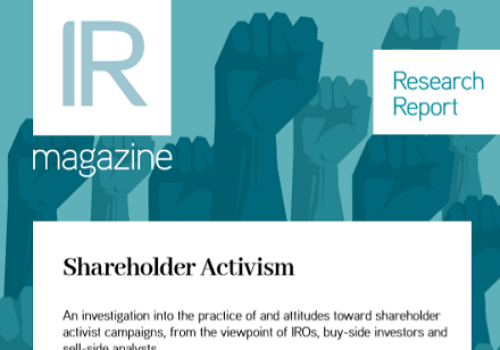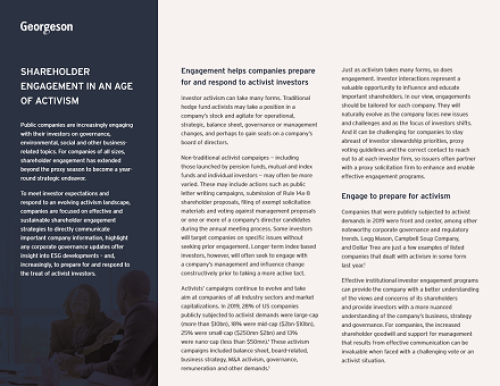Australian companies are at risk of a backlash from investors over the relatively small size of executive pay cuts made during the Covid-19 outbreak, according to a new report.
Given the large numbers of staff laid off or stood down during the pandemic, companies have come under pressure to ensure senior management and the board share the pain by forgoing some of their pay. But the changes announced so far appear modest and could store up problems for companies at their next annual shareholder meeting.
In total, 60 companies on the ASX 300 have announced CEO pay cuts, finds a study by CGLytics, a governance data specialist. Looking at the whole index, the adjustments are estimated to account for just 2 percent of overall CEO remuneration for the 2020 financial year.
‘The Covid-19 pandemic has had a severe negative impact on the global market, and Australia is no exception,’ says Aniel Mahabier, CEO of CGLytics, in a statement. ‘Although, in the middle of the crisis, various Australian companies implemented strategies to maintain cash positions, we are still not seeing meaningful sacrifice at the senior level.’
Qantas, Myer and Flight Centre are among the Australian companies that announced executive pay cuts as part of cost-cutting strategies that saw tens of thousands of staff stood down from their roles.
At Qantas, CEO Alan Joyce said he would forgo his salary for the rest of the year and the executive team would take pay cuts of 30 percent. Myer announced that CEO John King, along with the whole executive team, would not receive any remuneration ‘during this period’. Flight Centre said all senior executives and directors would take a 50 percent pay reduction and also give up short-term incentive payments for the remainder of the financial year.
Between March and the first week of August, a total of 61 members of the ASX 300 announced changes to the compensation of senior management or the board, notes CGLytics. Of those companies, 55 adjusted both CEO and director remuneration, while five modified just CEO pay and one changed only director pay.
Looking at the 60 companies that reduced CEO pay, CGLytics says 54 provided information on the percentage changes to the compensation. Of those 54, 35 made adjustments only to the base salary, while 17 changed both base salary and short-term incentives.
The report points out that cuts to base salary may account for only a small proportion of the overall take-home pay of corporate executives – a factor that investors and proxy advisers could pick up on.
‘CGLytics data and analysis reveals that the combined CEO pay cuts initiated by the 54 companies in the ASX 300 is anticipated to account for 11.34 percent of the 54 companies’ combined projected CEO realized pay,’ says the report.
‘Despite the appeal of executive pay cuts, they make up a small portion of what executives receive throughout the year. A well-meaning but insignificant percentage of executive pay cuts against [executives’] total remuneration can cause concern for shareholders, especially for companies that have resorted to laying off employees and closing stores.’
Adding to the pressure over executive pay, the number of Australian companies receiving a ‘strike’ – where more than 25 percent of shareholders vote against the remuneration report – has grown over recent years. Under the country’s two-strike rule, if the remuneration report receives more than a quarter of votes against in two consecutive years, the whole board may face re-election.
‘Proxy advisory firm Glass Lewis reported that there has been a trend of an increasing number of strikes against the adoption of remuneration reports, with 24 strikes in 2019 compared with 20 in 2018,’ says the CGLytics study. ‘Reasons for shareholders voting against remuneration reports include unreasonably high short-term incentive outcomes and unclear ground targets for performance measures.’

